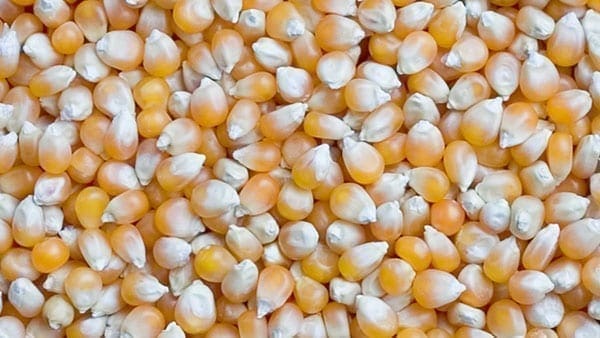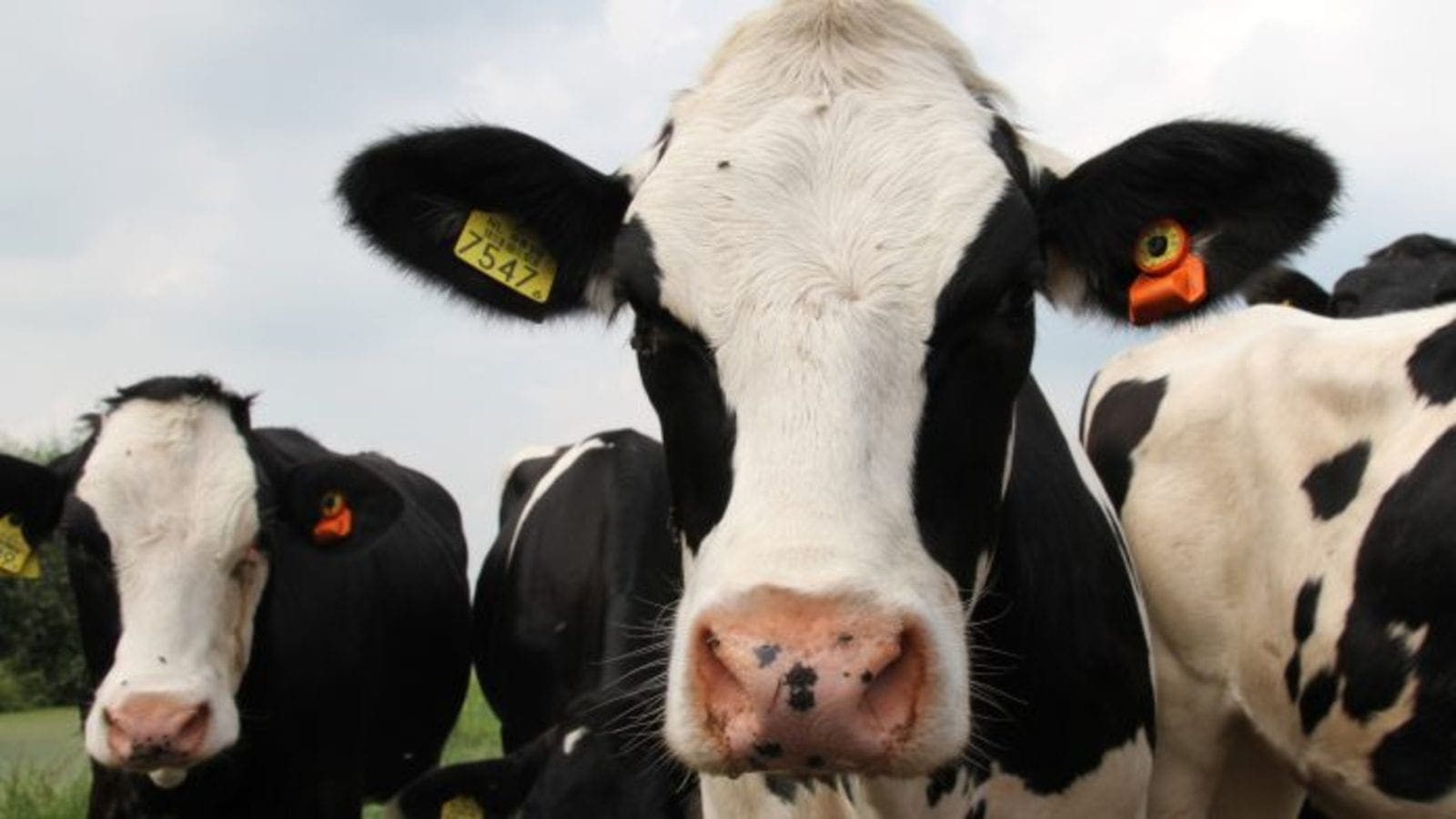CHINA – China, which last year held more than one half of world corn stocks, could soon “find itself tight” in supplies of the grain, thanks to reforms such as a farm subsidy shake-up, and moves to boost domestic consumption.
The US Department of Agriculture’s Beijing bureau, cut to a five-year low of 79.2m tonnes its forecast for Chinese corn stocks at the close of 2017-18, citing a series of investments in corn processing capacity, largely in the country’s North East – the main growing region.
Stocks at that level, while still equivalent to roughly 40% of world corn inventories, would be down 28% from their peak at the close of last season,
And further declines look on their way, given the removal of a guaranteed price scheme for farmers which encouraged the inventory build-up, and a drive to boost domestic demand for the grain, most lately from biofuel plants, with the announcement of plans to enforce 10% blending of ethanol into gasoline.
‘Could find itself tight’
Corn area for this year is down some 1.8m hectares to 35.0m hectares, thanks to a switch to other crops, notably soybeans, the bureau said, with China’s farm ministry forecasting a further drop of “more than 20m mu”, or 1.3m hectares for the 2018 harvest.
Meanwhile, demand is being spurred through the likes of measures such as encouraging feed production and livestock rearing in the North East, as well as the 2020 ethanol target, which the bureau said would mean producing some 12m tonnes of fuel ethanol a year.
“This will require 36m tonnes of corn.
“When combined with the ongoing [production] reform, China could find itself tight in corn just in a few years,” the bureau said.
Ethanol surge
The bureau’s estimates imply a stocks-to-use ratio, an important pricing metric, of some 33% for 2017-18, a six-year low on USDA estimates.
The tightest inventories have reached this century was in 2006-07 when, at 36.6m tonnes, they represented 24% of domestic demand plus Chinese exports.
That in turn was the lowest figure since 1969-70, amid a rebuild from levels which fell as low as 13.4% of consumption in 1965-66, according to the USDA.
The forecast for China requiring 12m tonnes was based on a figure from China’s National Bureau of Statistics of Chinese gasoline consumption in 2016 totalling 120m tonnes.
The USDA bureau also flagged that meeting the 2020 programme would require huge investment in ethanol plants, which currently produce ethanol of 1m-3m tonnes a year, according to forecasts from different commentators.
“Industry sources noted that even if the existing capacity is fully used, the additional operation would only boost the national production by about 30-35%, well short of the target.”
Baiju comback
The bureau added that extra ethanol output would, in producing a “sizeable amount” of distillers grains (DDGs), a high protein feed ingredient, bode ill for imports of the likes of barley and sorghum.
However, for 2016-17, on an October-to September basis, the bureau pegged Chinese sorghum imports at 5.20m tonnes, some 500,000 tonnes ahead of the USDA’s official estimate.
For 2017-18, sorghum imports were put at 5.0m tonnes, 550,000 tonnes above the official USDA forecast.
The more upbeat estimates reflected in part the cut to Chinese DDGs supplies, after the country slapped huge tariffs on imports from the US amid an anti-dumping drive, but also a boost in the popularity of sorghum-based liquor baiju, demand for which was dented by a clampdown on entertainment by state officials.
“The baiju industry is also recovering from the government anti-corruption campaign, which started in 2012,” the bureau said.
Quoting the Xinhua news agency, its said that “China’s leading brand Maotai will triple its baiju distribution from 20m tons to 62m tonnes” for the ongoing Mid-Autumn Festival.
Agri Money










